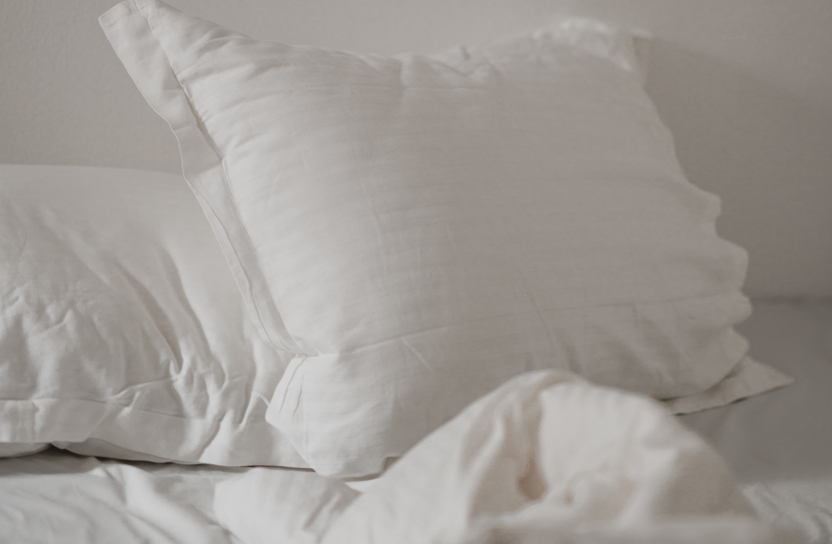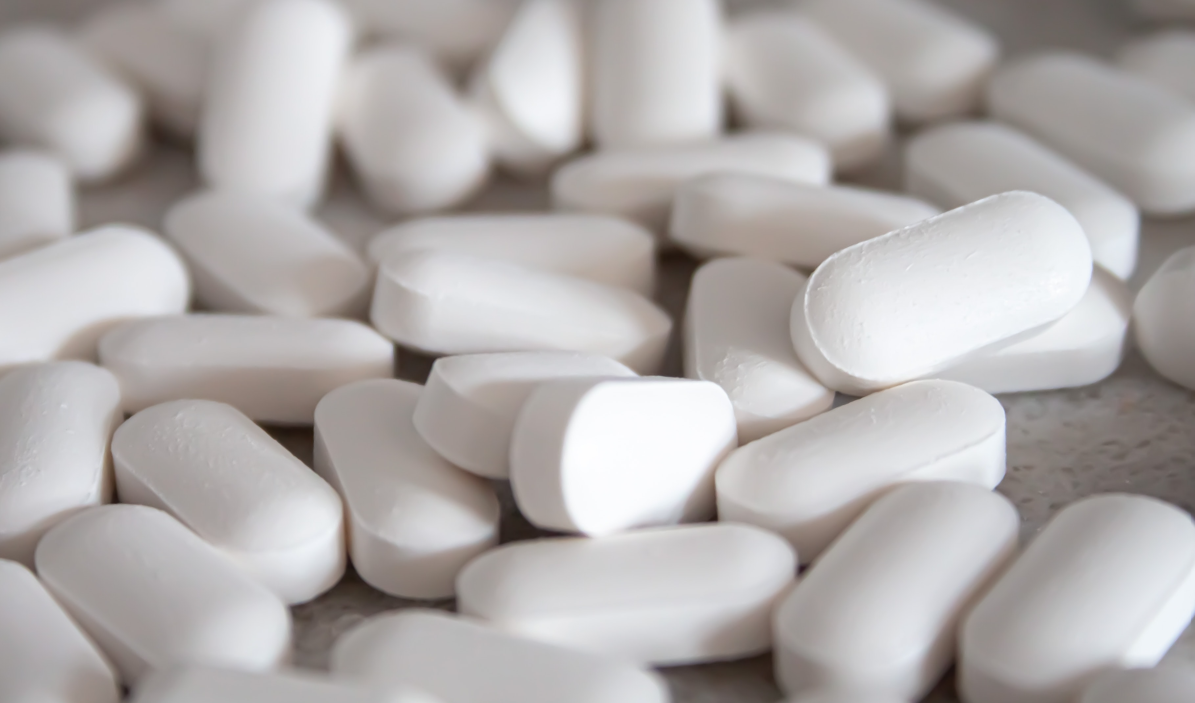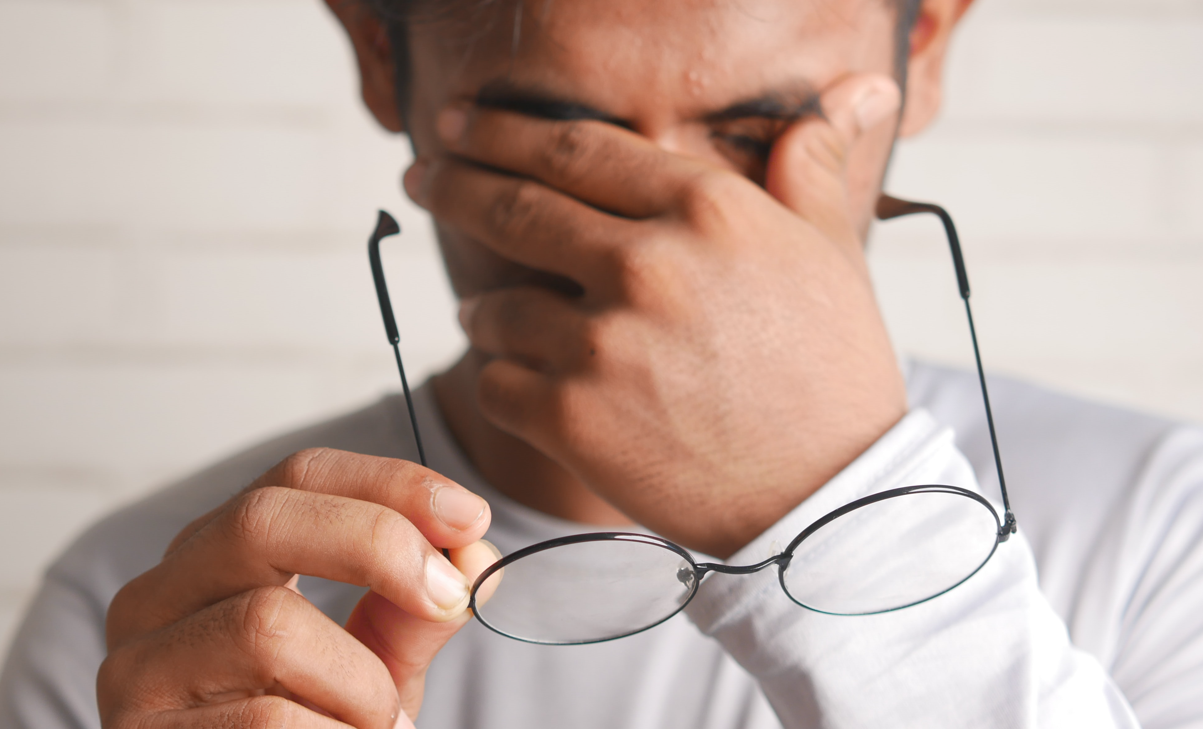There’s no reason to simply accept an unsatisfying sex life when the experts can help with the most common problems
By Wendy Haaf
Do you have to settle for a life without satisfying sex after the age of 55? According to experts, the answer is a vehement no. While normal age-related physical changes and health conditions that become more common after 50 can interfere with sexual intimacy, “there’s no reason to accept this as meaning that older people don’t have much sex,” says Natalie Rosen, an associate professor in the Department of Psychology and Neuroscience and the Department of Obstetrics and Gynaecology at Dalhousie University in Halifax. “There are treatments and many ways to adapt.” In fact, she says, navigating such issues creatively “can add new life to your sex life.”
Here’s what you need to know about the three most prevalent sexual spark-snuffers and what you can do about them.
Erectile Dysfunction (ED)
According to the Canadian Men’s Health Foundation, difficulty achieving and maintaining an erection affects 49 per cent of men over the age of 40 and 70 per cent of 70-year-olds. Yet, even though it can be an early warning sign of health problems such as cardiovascular disease or diabetes, many physicians don’t ask men about their sexual function as part of routine health screening.
“Patients should really bring it up, because it’s such an important part of not only overall health status but also quality of life,” says Dr. Jeffrey Campbell, a urologist specializing in men’s health and reconstructive urology at St. Joseph’s Health Care London and an assistant professor in the Division of Urology at Western University’s Schulich School of Medicine and Dentistry in London, Ont.
Typically, there’s more than one cause. Medications are a common contributor. For example, a number of drugs used to treat high blood pressure can decrease blood flow to the penis, while certain antidepressants can cause sexual side effects ranging from decreased sensation to complete inability to orgasm. It’s worth asking your primary-care provider or pharmacist if any of your prescriptions can potentially cause problems in the bedroom. If so, strategies such as taking the medication at a different time of day or switching to a different drug class might help.
There’s also solid evidence that certain lifestyle changes can improve sexual health, such as quitting smoking, reducing alcohol or substance use, and exercising for 30 minutes five times a week. “I often tell patients they have to choose between smoking and their penis,” Campbell says.
Mindfulness-based therapies have also been shown to improve sexual function, likely because stress, performance anxiety, and other psychological factors can feed into erectile difficulties.
One DIY strategy that’s not effective— and can sometimes even cause harm—is taking over-the-counter or mail-order “male enhancement” supplements. They often contain small amounts of prescription medication. “They’re definitely oversold in terms of their results, and they can be dangerous if combined with other medical treatments for sexual dysfunction,” Campbell says.
Among approved medical treatments, oral medications called phosphodiesterase 5 (PDE5) inhibitors such as sildenafil (Viagra) and tadalfafil (Cialis) are the ED treatments with which the public is probably most familiar. They work by relaxing muscles in the blood-vessel walls, increasing blood flow to the penis. These drugs work well for many men—when used as directed. For instance, Campbell explains that some patients will take sildenafil after a meal and then conclude the drug didn’t work when it doesn’t take effect within an hour or two. The real problem is that the medication is meant to be taken on an empty stomach; downing it with food can significantly delay absorption.
PDE5 inhibitors are not for people who take heart medications called nitrites, since combining the two classes of drugs can cause a severe, even life-threatening drop in blood pressure. Nor should they be used by people with certain medical conditions, such as unstable cardiac disease. And some men who try PDEs experience side effects they find intolerable, the most common being “back pain, blurry vision, and muscle aches and pains,” Campbell explains.
If you’re unable or unwilling to take these pills due to medical contraindications or unacceptable side effects, a prescription drug called alprostadil may be a good option. Like PDE5 inhibitors, this medication expands blood vessels and increases blood flow. One form is a small tablet that’s inserted through the opening at the tip of the penis into the urethra—the tube leading to the bladder. Known as medicated urethral system for erection, or MUSE, this suppository “is deployed prior to when someone wants an erection, so the medication is basically absorbed into the erectile tissue,” Campbell explains.
Alprostadil also comes in a form (brand name Caverject) that’s injected via a small, fine needle into a specific area of the penis. While both the suppository and injection can cause side effects, they’re typically local—such as burning or pain in the penis. However, too strong a dose can “give a patient an erection that lasts too long,” Campbell says. This could cause serious complications: after roughly four hours, the resulting lack of oxygen to the area can begin to damage tissues in the penis.
Another remedy—relatively inexpensive and easily available—doesn’t involve any medication at all: a vacuum device. “It’s basically a tube or cylinder that a patient puts over the top of the penis,” Campbell says. “It creates a vacuum seal with a pump similar to a blood pressure cuff. That helps draw blood into the penis. Then a constriction band around the base holds the blood in.”
Finally, “there are surgeries, such as penile prosthetic surgery,” Campbell says. “We place an inflatable device inside the penis that can be used as needed.” However, these operations must be done by surgeons with highly specialized training and “accessibility really varies from city to city and province to province.”
Urinary Incontinence
Like ED, unintentional leakage of urine is extremely common, particularly in women, and the prevalence increases with age. According to a US study, nearly 62 per cent of adult women are affected. A contributing factor after menopause can be an age-related loss of fullness and firmness of the skin and other tissues. “It’s not a lack of muscle but of bulk, which has a bit of a hormonal component, especially for women,” explains Sheela Zelmer, a pelvic physiotherapist with Aurora Prime Physiotherapy and an assistant instructor at Pelvic Health Solutions in Toronto. “That’s a very normal phenomenon, but it can then show up as an inability to close the urethra,” Zelmer says. “If we’re worried about odour or leakage, it can be a real barrier to the freedom we need to let ourselves go and experience pleasure.”
There are a number of things you can do to improve your bladder control. For example, constipation places extra pressure on the bladder, which can cause it to contract when it shouldn’t; making sure you stay adequately hydrated and get enough fibre in your diet can go a long way towards preventing this problem. “We also provide education about simple things like not using scented soaps and cleansers,” Zelmer says, “because these can cause dryness, which can exacerbate some of these issues.”
Problems with the muscles that form the pelvic floor, which supports the bladder and other pelvic organs, can also play a prominent role in incontinence. “Pelvic physios do a vaginal examination to determine if there’s a muscular component,” Zelmer says. If the main issue is muscle weakness—due to disuse, pregnancy, or surgeries such as hysterectomy or bladder repair—a pelvic physical therapist can prescribe specific strengthening exercises.
But weakness isn’t the most common muscular contributor. “Research shows that the most people—male and female—have too much muscle tension in the pelvic floor,” Zelmer says. “Think of the muscles in your neck and shoulders: if your shoulders are up by your ears, you can’t move your neck properly and you might get headaches. A muscle that is too tight, too engaged all the time, is not going to be able to do its job properly.”
What causes that excess tension? “The pelvic floor is not like the muscles in your thigh or your arm,” Zelmer explains. “It’s more like the muscles in your heart, which respond to day-to-day stress and lifestyle.”
To help people learn to relax their pelvic-floor muscles, “we do a lot of relaxation techniques,” she adds. “We also use a lot of yoga-based exercises that stretch the spine, the hips, the back, and the inner thighs with the intention of not just stretching but relaxing. We want these muscles to be in a neutral position, not always engaged or anticipating. If you’re worried about leakage, they’re kind of always ‘on’; learning to relax is going to give you better bladder control and better sexual enjoyment.”
Vaginal Dryness
The dramatic drop in estrogen that comes with menopause causes a number of physical changes that can lead to pain during intercourse as well as other problems. This suite of related issues is referred to as genitourinary syndrome of menopause—GSM. “It refers to the effects on sexuality as well as the vagina, bladder, and central function,” explains Dr. Wendy Wolfman, director of the Menopause Unit at Mount Sinai Hospital and a professor in the Department of Obstetrics and Gynaecology at the University of Toronto.
“Fifty per cent of women have some symptoms within three years of menopause, and 70 per cent have symptoms by age 70,” Wolfman says. “Nobody talks about it—it’s like this big secret.” Prior to menopause, estrogen keeps the vaginal wall relatively thick and elastic and stimulates mucous-producing glands in the inner part of the cervix. After menopause, “the vaginal wall becomes thin and there’s no lubrication,” she explains. So any rubbing or penetration can cause not just pain but bleeding. While vaginal bleeding should always be investigated because it can be a sign of uterine cancer, “the most common cause is vaginal dryness,” she says.
If you experience vaginal dryness or vulvar irritation of any kind, you should really be examined to rule out other possible causes, Wolfman adds. In the much more likely event that GSM is behind your symptoms, there’s no reason you should resign yourself to living with it.
“There are good treatments,” Wolfman says. “Usually we start with vaginal moisturizers.” These have to be used regularly (anywhere from daily to two to three times weekly) to get the best possible results. “Then we have lubricants that are for lovemaking,” she adds. These are typically silicone-, water-, or oil-based; selecting the one with the right “feel” is largely a matter of personal preference, although the oil-based type can damage latex condoms, and those containing fragrance, flavouring, or warming agents can be irritating.
If you’ve been faithfully using moisturizer and lubricant and are still experiencing problems, there are local hormonal treatments—four vaginal estrogen products are currently available in Canada. “There are two creams, a ring that you can put in and leave in place for three months, and little tablets,” Wolfman says, adding that local estrogen “works well if you use it; the problem is, most people think they only have to use it for a short time, but GSM is a progressive problem and doesn’t get better unless you keep using the estrogen.”
If you or your partner is experiencing one of these issues, it may be tempting to see it as one person’s problem, Rosen says, but if you’re in a relationship, both parties are affected. “The solutions have to do with increased flexibility,” she says, adding that experimenting with forms of intimacy that don’t involve intercourse is one strategy. “It’s about looking at the problem as a sexual challenge for the couple to work through and approaching it as a team.”
Resources
• Erectile Dysfunction menshealthfoundation.ca
• Incontinence bepelvichealthaware.ca canadiancontinence.ca pelvichealthsolutions.ca womenshealthcpa.com
• Vaginal Dryness middlesexmd.com sogc.org (search for “Brand Recognition Program”)
Photo by Annie Spratt on Unsplash






